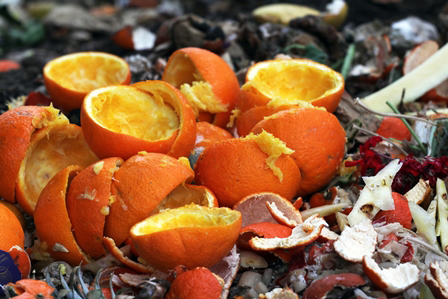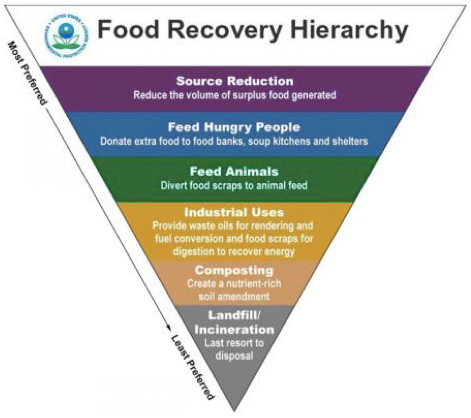Diversion
In all, based on results of a survey conducted in Fall 2014, USCC’s official magazine and partner, BioCycle, identified 198 communities with curbside collection of food scraps, representing 2.74 million households spread out over 19 states. While this shows steady growth of about 10 percent, the enthusiasm for food scraps collection outstrips the progress shown in that data. Dozens of municipalities have formalized drop-off programs for residential food scraps, and entrepreneurs offer curbside subscription services in communities across the country, some of which have grown quite large (up to 4,000 households!).

Compost Facilities and Food Scraps
An internal USCC study done in 2013 has identified 3,600 compost facilities in the US. Of those, we have information about the feedstock (what is composted) of about 65%. Nearly 14% accepted food residuals at that time (prior to diversion laws in several states and large cities) and about 7% accepted biosolids (organic matter recycled from sewage sludge). The remainder accepted green waste (yard trim, leaves, woody material, grass).
USCC’s Position on the Food Recovery Hierarchy
The US Composting Council supports the Food Recovery Hierarchy developed by the US EPA, which directs that society should first reduce surplus food by source reduction (better management of food to diminish leftovers); then food scrap should be directed to use by people, then by animals, next for industrial purposes, such as rendering and energy recovery, then for compost.
For this reason the USCC partners with organizations like the National Foundation to End Senior Hunger and the American Biogas Council for collaborative solutions to food recovery challenges.
We also endorse the Food Waste Reduction Hierarchy developed by the Institute for Local Self-Reliance.

Institute of Local Self Reliance Food Waste Hierarchy
 50% by 2030
50% by 2030
The US Composting Council was a cosigner on a recent letter sent by a group of influential organizations urging the federal government to turn more attention towards food recovery. The US Environmental Protection Agency and US Department of Agriculture announced shortly after its new goal: 50% recovery by 2030.
Other Resources:
- Compost Council Research and Education Foundation Curb to Compost Toolkit
- Webinar: Using Compostable Plastics to Enhance Food Scraps Collection
- Residential Food Scrap Collection Statistics
- Letter to USEPA and the US Dept. of Agriculture
Food Scrap Collection and Composting in the News
Some Traditional Waste Haulers Strive to Learn the Ropes of Compost Manufacturing
http://www.waste360.com/haulers/some-traditional-waste-haulers-strive-learn-ropes-processing-organics-waste




